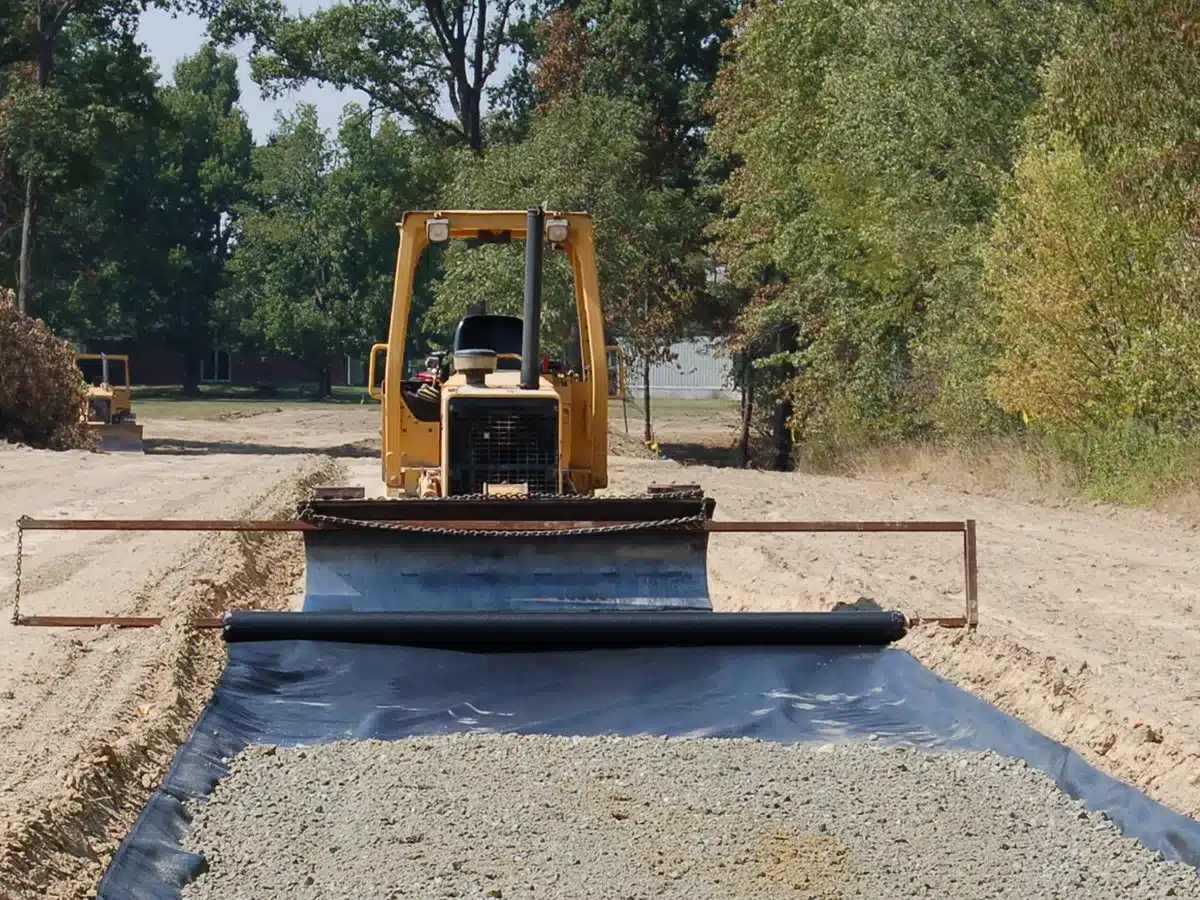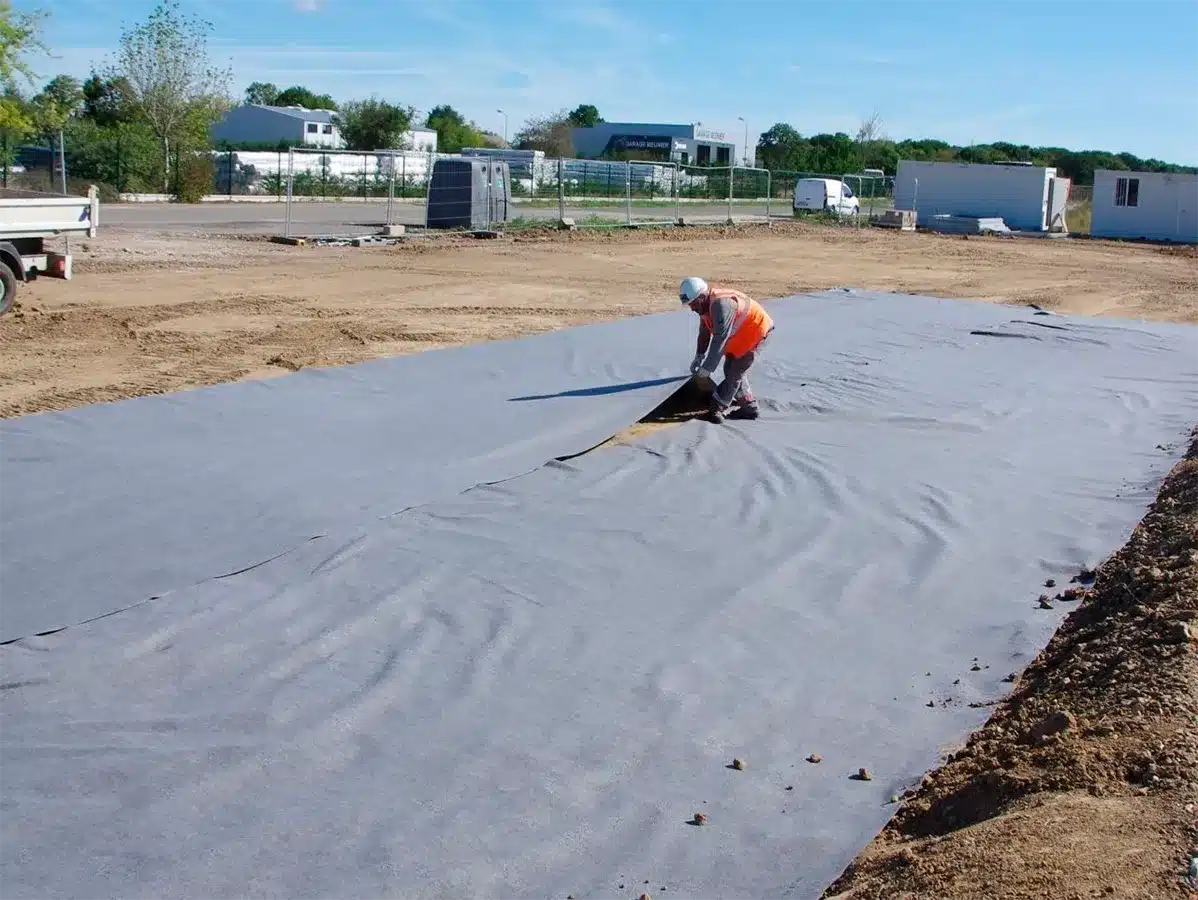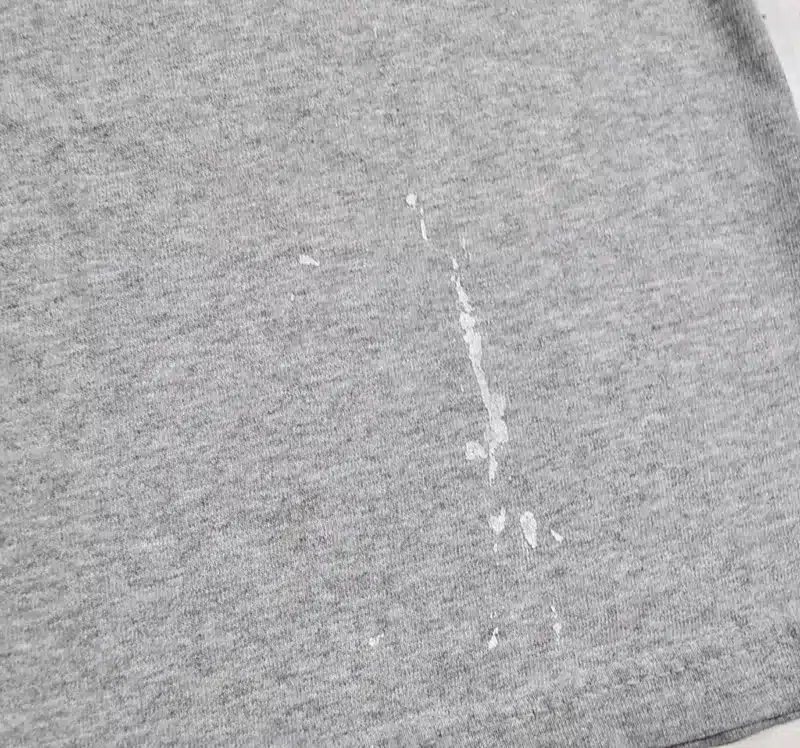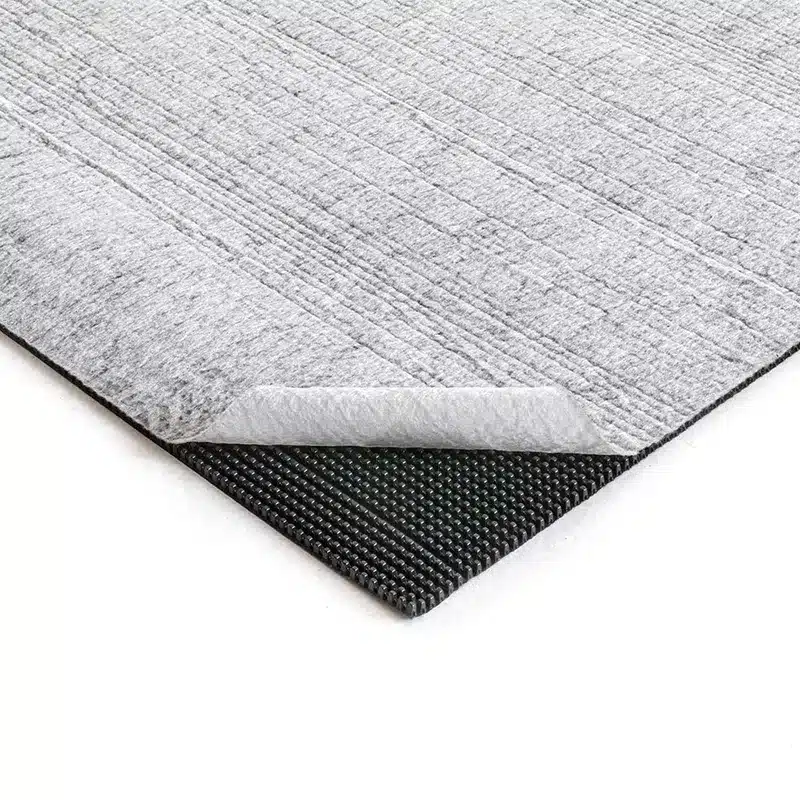+86-159 9860 6917
info@geofantex.com
geofantex@gmail.com
+86-400-8266163-44899
In the evolving landscape of civil engineering and construction, the integration of innovative materials has been pivotal in overcoming traditional challenges. Among these innovations, geotextile soil separators have emerged as a cornerstone in the foundation of modern infrastructure. This article delves into the essence of geotextile soil separators, exploring their definition, significance, and multifaceted roles in enhancing the durability and efficiency of construction projects.

What is a soil separator?
A soil separator, such as a lightweight spun-bonded geotextile fabric, acts as a barrier between different layers of soil or between soil and another material, preventing the mixing of distinct soil types or the intrusion of materials into the soil. This type of geotextile fabric, favored by homeowners and drainage professionals, enhances the performance of subsurface drainage systems by maintaining the structural integrity and functionality of various construction elements, including roads, foundations, and drainage systems. By preventing the intermixing of materials, soil separators like this ensure that each layer retains its intended properties and functions effectively within the overall structure, thereby optimizing the longevity and reliability of construction projects.
What is a geotextile separator?
A geotextile separator, which involves the placement of a flexible porous textile between dissimilar materials so that the integrity and functioning of both materials can remain intact or be improved, refers specifically to a permeable fabric used for soil separation. Made from synthetic fibers, these textiles are engineered to provide a durable, effective barrier that not only allows water to pass through but also prevents soil from migrating across layers. This strategic placement enhances the performance of both the geotextile and the materials it separates, ensuring that physical separation is maintained, the ground is reinforced, drainage is enhanced, and particles are effectively filtered. Such characteristics make geotextile separators a versatile solution in civil engineering and environmental applications, where the integrity and improved functioning of dissimilar materials are crucial for project success.

What is the use of geotextile in soil?
Geotextile plays a multifaceted role in soil management and construction, specifically designed to improve soil characteristics before building embankments, roads, pipelines, and earth-retaining structures. Its uses extend beyond mere separation to encompass soil reinforcement, filtration, protection, and drainage. In the context of reinforcement, geotextiles are instrumental in increasing soil stability, thereby making it suitable for constructing embankments over soft soils—a critical step in preparing the ground for substantial structures. As filters, they facilitate water passage while preventing soil erosion, a key factor in protecting drainage layers from clogging and ensuring the structural integrity of the project. In terms of protection, geotextiles serve as a safeguard against the puncture or damage of waterproof membranes, which is especially vital in landfill and pond lining applications. Lastly, their drainage capability plays a pivotal role in removing excess water from soils, thereby reducing hydrostatic pressure and enhancing the longevity of structures. Through these functions, geotextiles significantly contribute to the preparation and improvement of soil characteristics, ensuring a solid foundation for various construction endeavors.
What is the function of geotextile separation?
The primary function of geotextile separation, which includes the preventing from intermixing of adjacent dissimilar soils and/or fill materials by the use of a geotextile, is to maintain the integrity and distinctiveness of adjacent layers within a construction project. This strategic application of geotextile ensures that each layer performs its intended function without compromise, effectively stabilizing the structure and extending its lifespan. For instance, in roadway construction, this method is crucial for preventing the mixing of subgrade soil and aggregate base. Additionally, geotextile separation plays a critical role in water filtration and drainage systems, not only ensuring that water flows freely but also preventing soil erosion and sedimentation, thereby safeguarding the project’s structural integrity and functionality.
Geotextile soil separators represent a pivotal innovation in the field of civil engineering, offering a versatile and effective solution to traditional construction challenges. By providing a durable barrier that maintains the integrity of layered materials, geotextiles enhance the stability, functionality, and longevity of infrastructure projects. From reinforcing soil and filtering water to protecting structures and facilitating drainage, the roles of geotextiles in modern construction are as foundational as the projects they support. As the construction industry continues to evolve, the importance of geotextile soil separators in building a sustainable future cannot be overstated.



Get Free Sample
We’ll respond as soon as possible(within 12 hours)





















